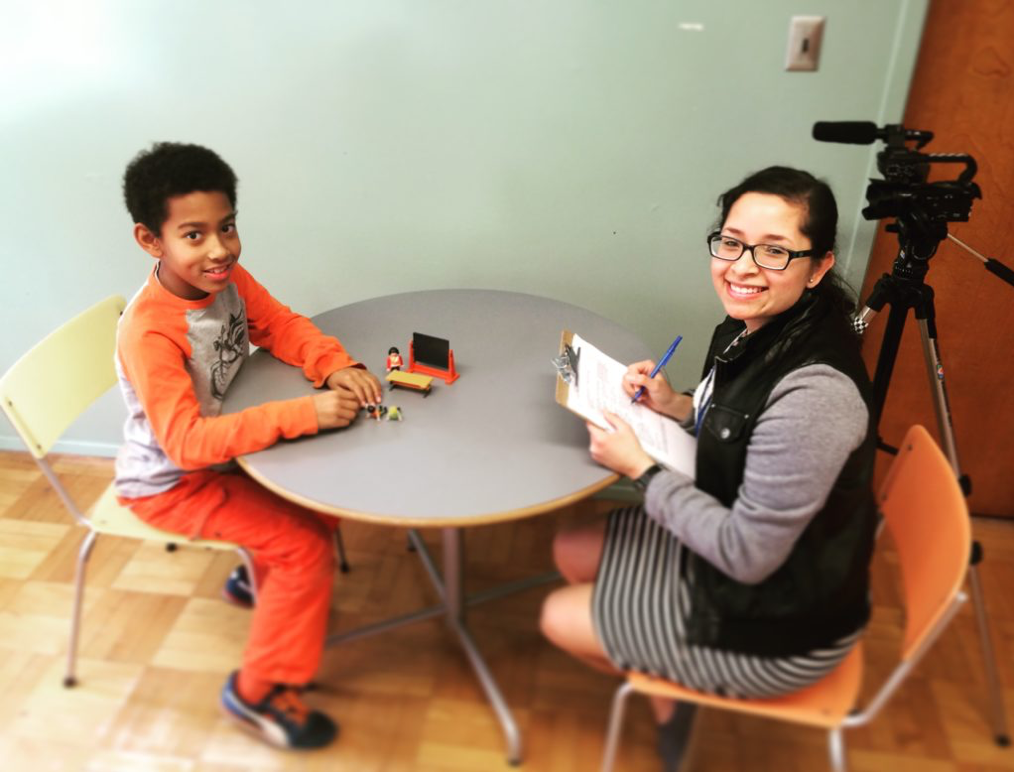Principal Investigator: Alison Bailey, Ph.D.
Despite two decades of largely restrictive state and federal policies toward bilingual education in the United States, such programming has experienced a recent resurgence in the form of dual language immersion (DLI). This demand signals a shift from viewing linguistic and cultural diversity as a challenge to be “overcome” to recognizing multilingualism and multiculturalism as assets to be fostered in young children (Bailey & Osipova, 2016). For dual language learners (DLL students) in English-dominant contexts, DLI programming offers the opportunity to learn language from English proficient peers and forestall the social isolation that they may experience in transitional bilingual education or sheltered English instruction (e.g., Steele et al., in press). For English dominant students, the experience can foster second language enrichment and broader cultural understanding, often signaling commitment to social justice and multiculturalism by their families (Bailey & Osipova, 2016).
